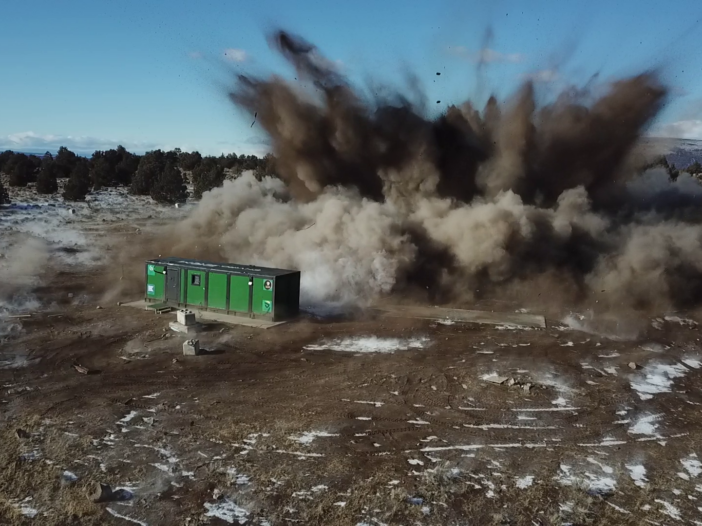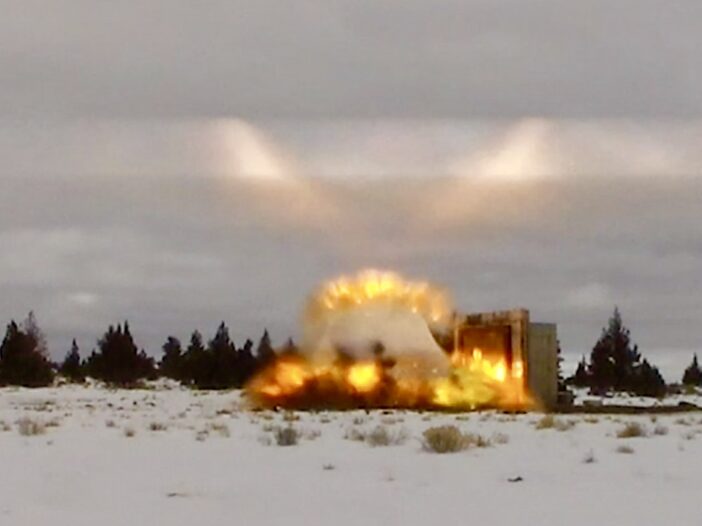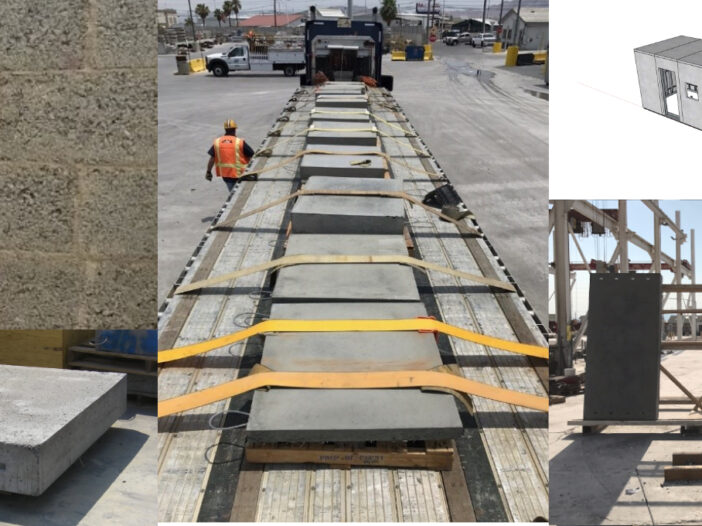The world of blast protection has been rapidly expanding and there are now numerous products and approaches to provide protection from attacks. Where there used to be two solutions, there may now be twenty. It is important for owners, and security and design professionals understand how to select products appropriate for their project. This […]
Testing Manager Position
Stone Security Engineering (StoneSec) is an internationally recognized engineering consulting firm specializing in the protection of people, buildings, and structures from accidental and manmade hazards. We focus on Extreme Loading (including blast, ballistics, vehicle ramming, and forced entry resistance) and safety, engineering, and design. StoneSec has offices in New York City and the Washington DC […]
2018 UFC 4-010-01 Summary of Changes
Stone Security Engineering UFC 4-010-01 DoD Minimum Anti-Terrorism Standards for Buildings
Upcoming Conference Presentation and Attendance
Stone will be attending two upcoming structures conferences and making two presentations. Structures Congress 2019 – ASCE/SEI. April 24 – 27, 2019. Orlando, Florida. Structures Congress provides the perfect blend of interactive presentations on cutting-edge knowledge and practical application to advance your career and the profession. The program includes presentations on: Blast, Bridges, Buildings, Business […]
New UFC 4-010-01 Released
This UFC establishes the minimum engineering standards that incorporate antiterrorism based mitigating measures not associated with an identified threat against DoD personnel and assets. This document has been updated to remove mitigation measure tied to a specific explosive weight. Look out for our summary of changes, coming soon. In the meantime, the full document can […]
ProtectiFlex Product Announcement – A Single Solution for Multiple Extreme Loading Hazards and Threats
ProtectiFlex, LLC has developed a concrete-like recycled, extreme loading resistant material that is a single solution to a diverse range of threats. It is the brainchild of StoneSmart Solutions, LLC and Enviromate, Ltd. ProtectiFlex offers protection against blast, ballistic, forced entry, impact, weapon effects, fire and seismic loads and can be used to mitigate […]






